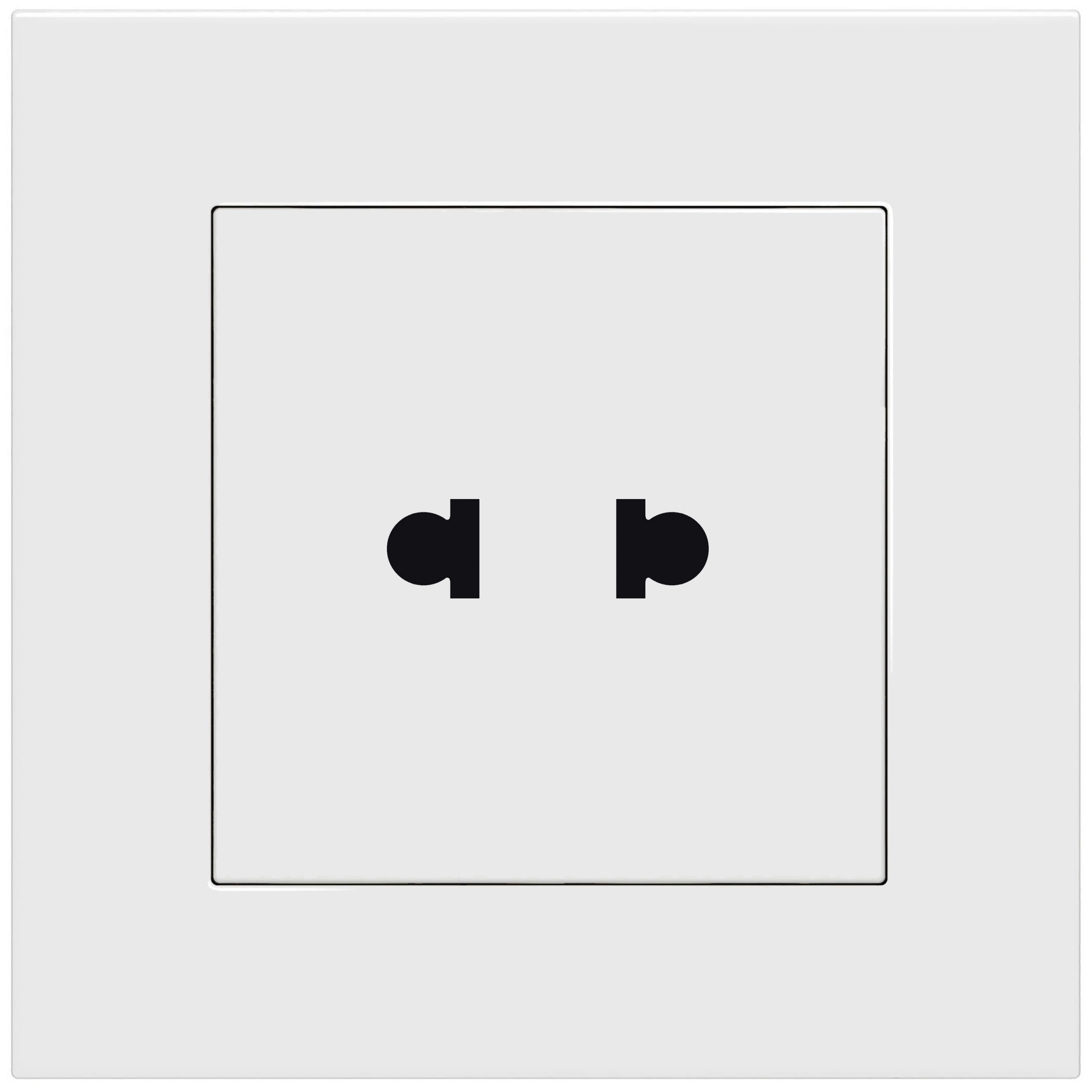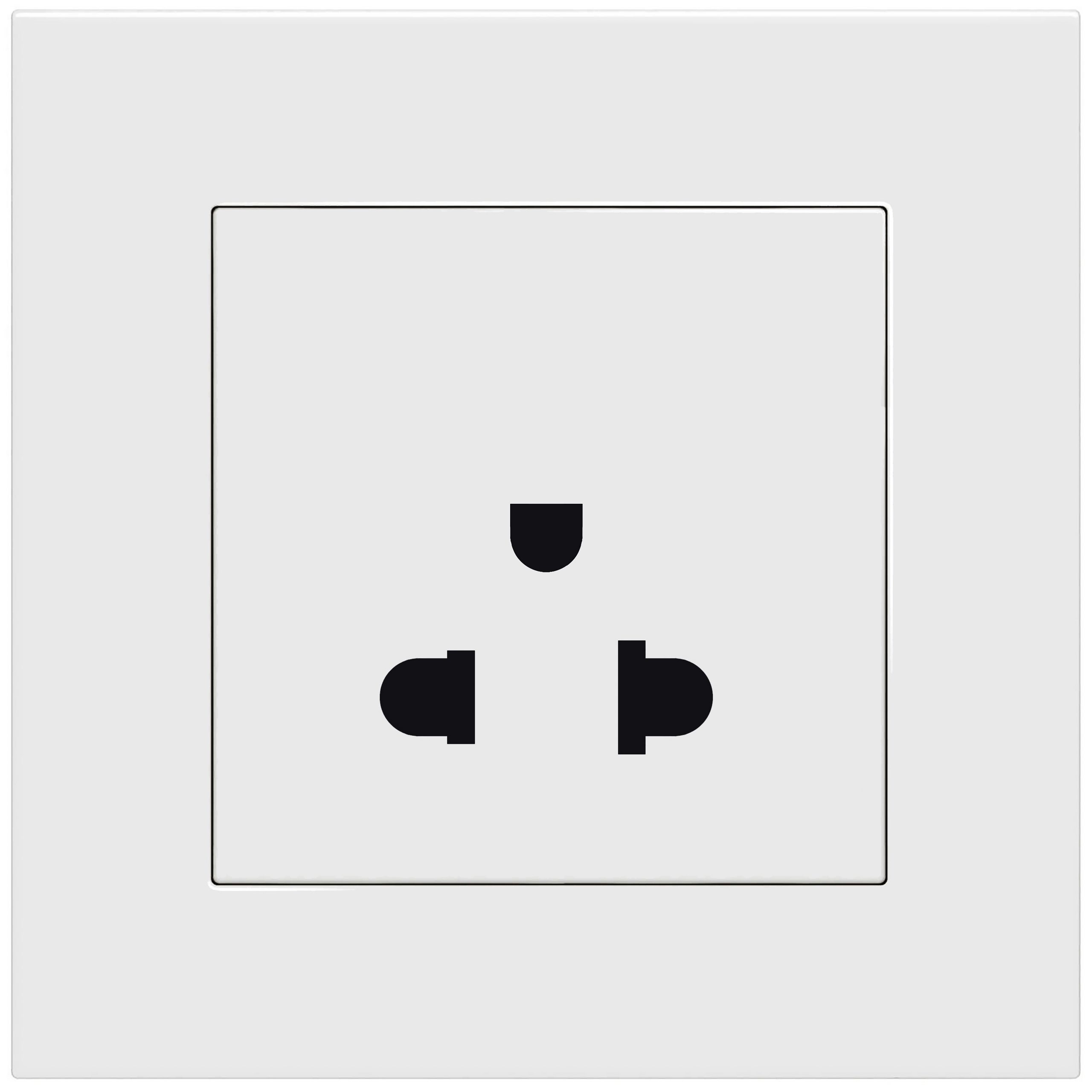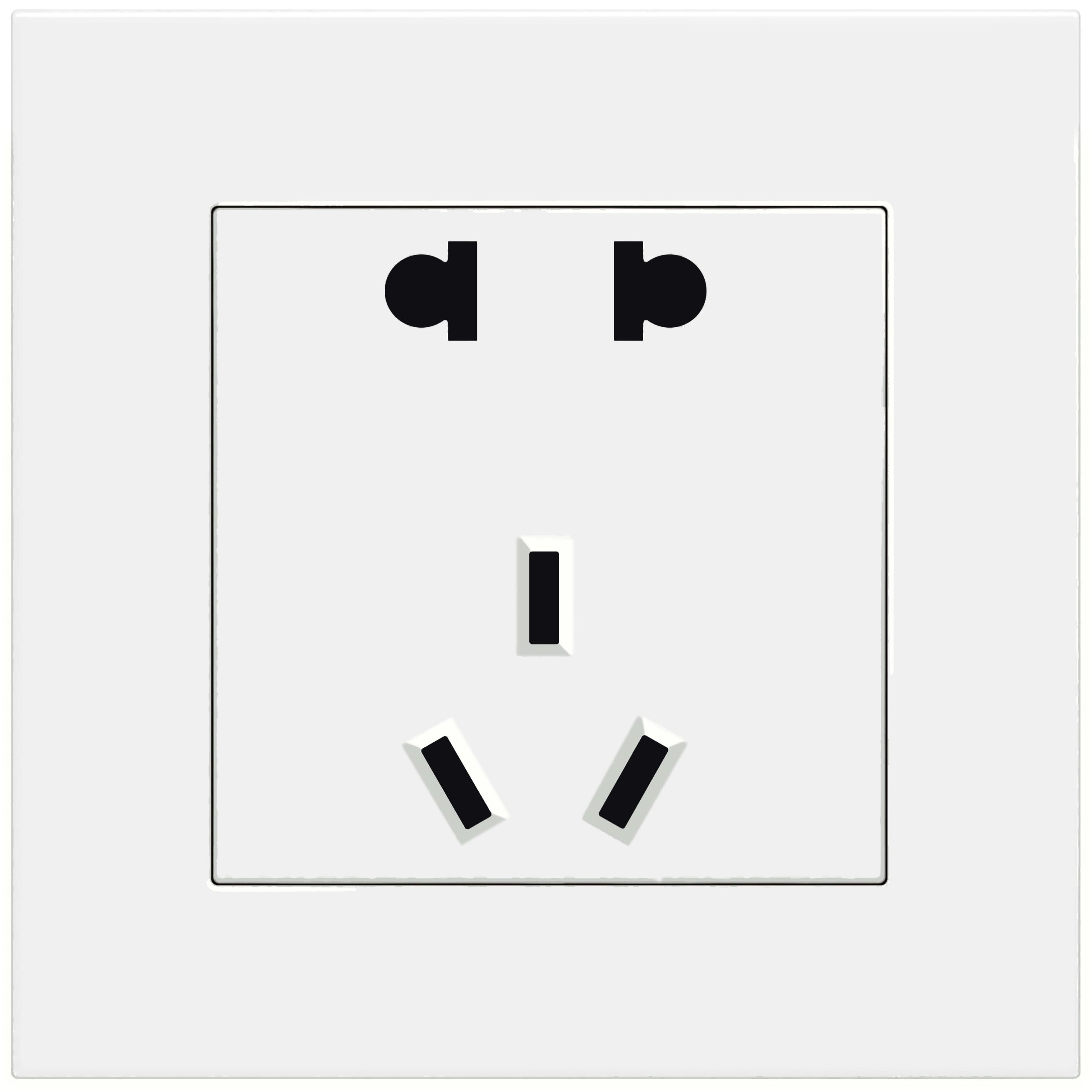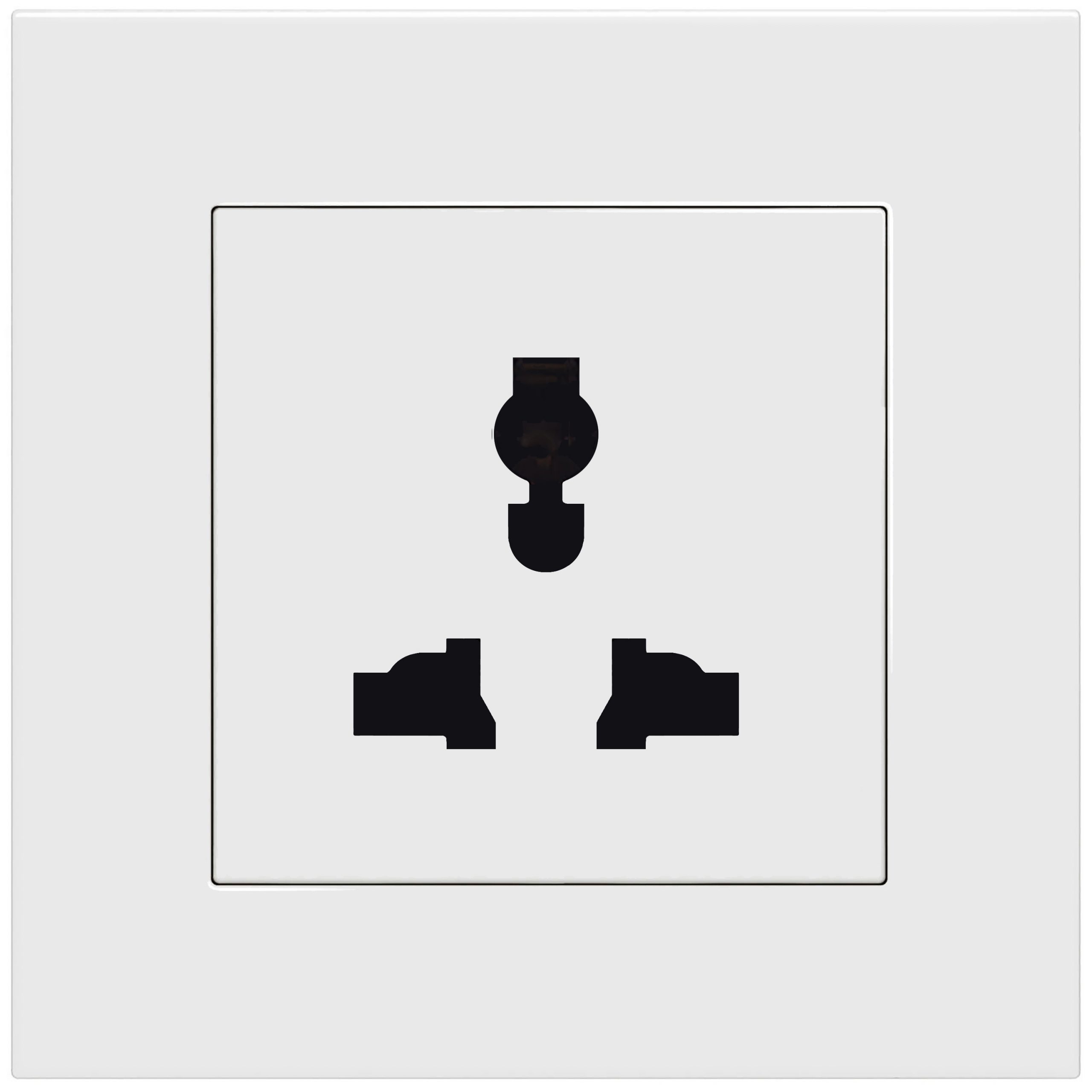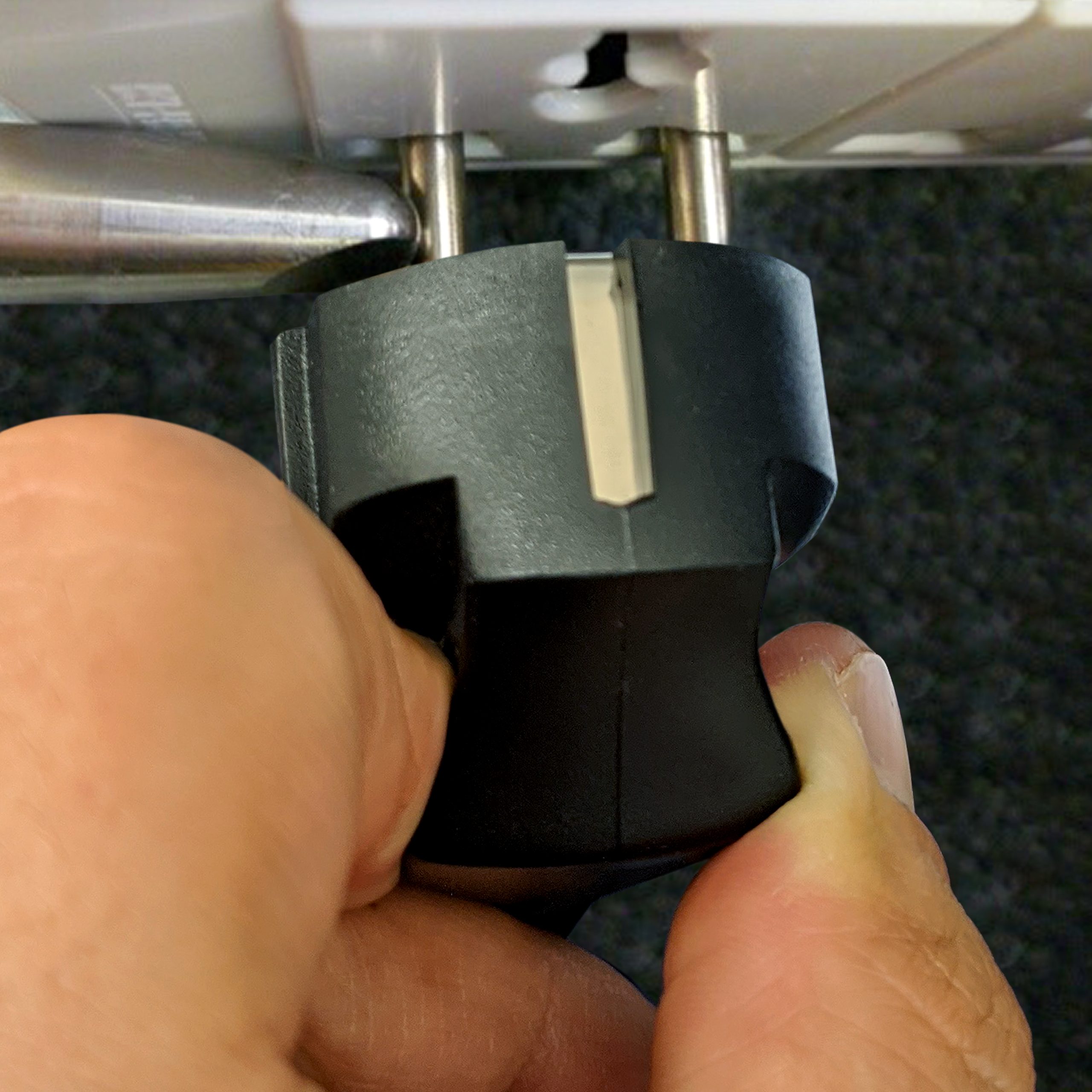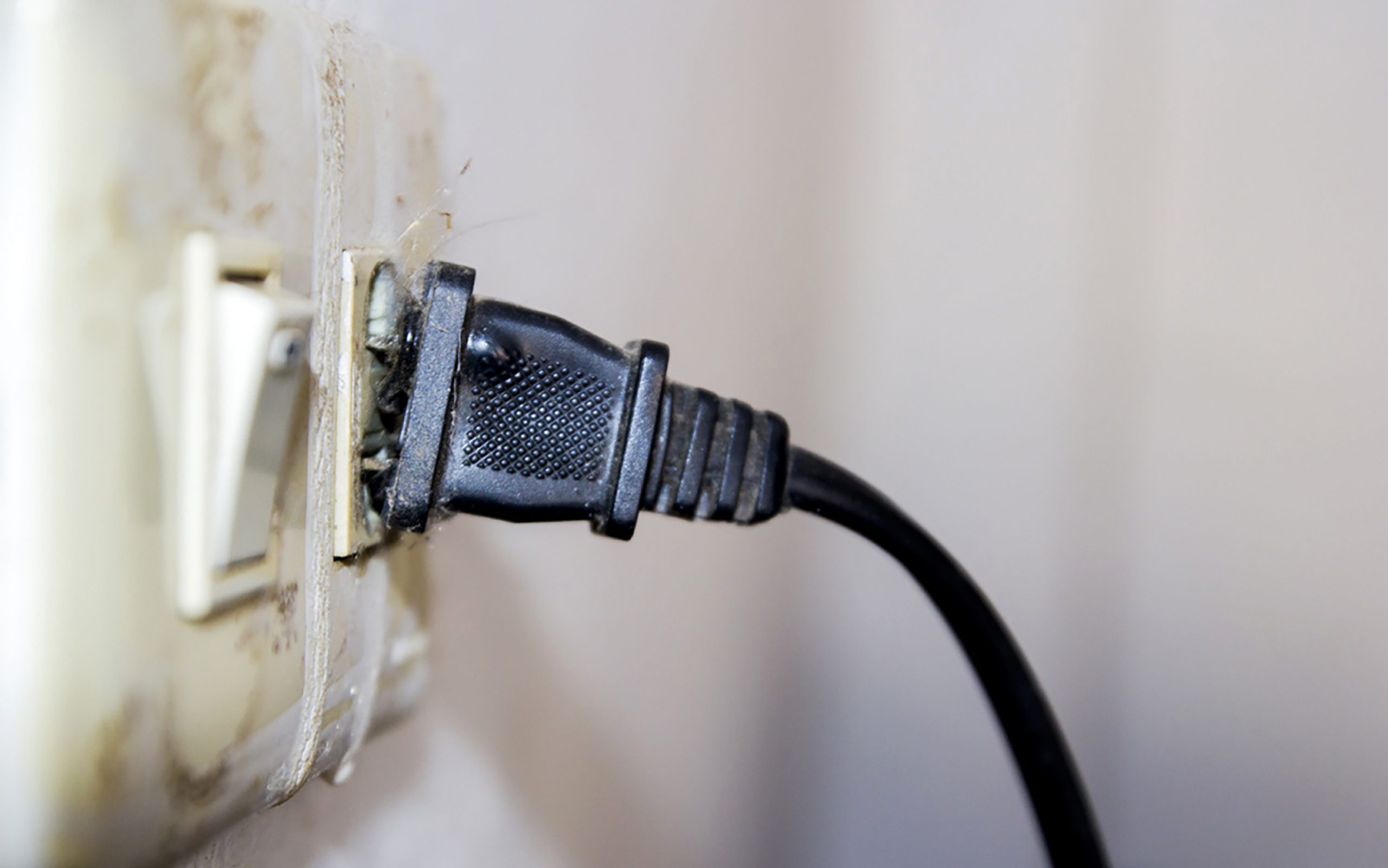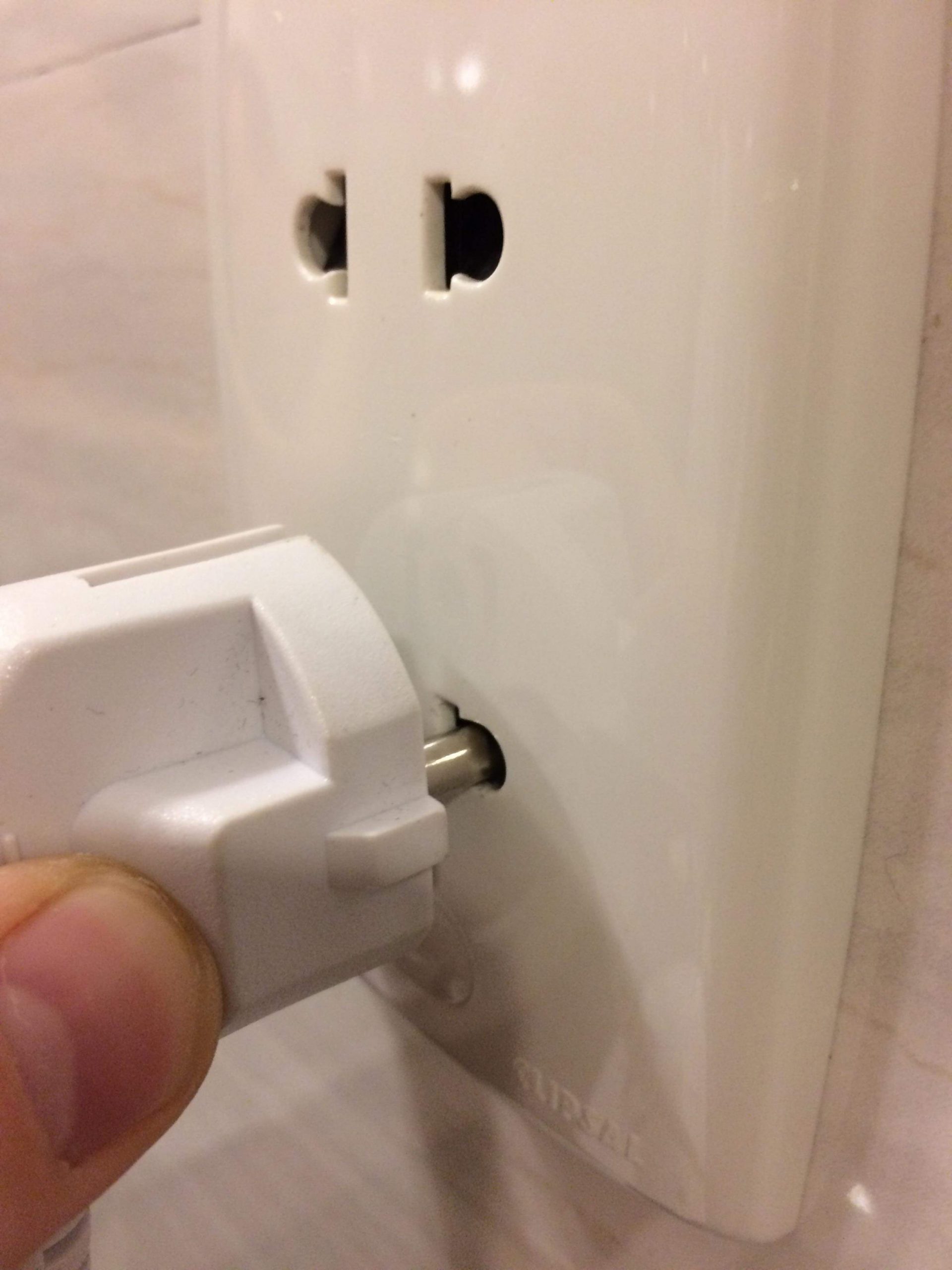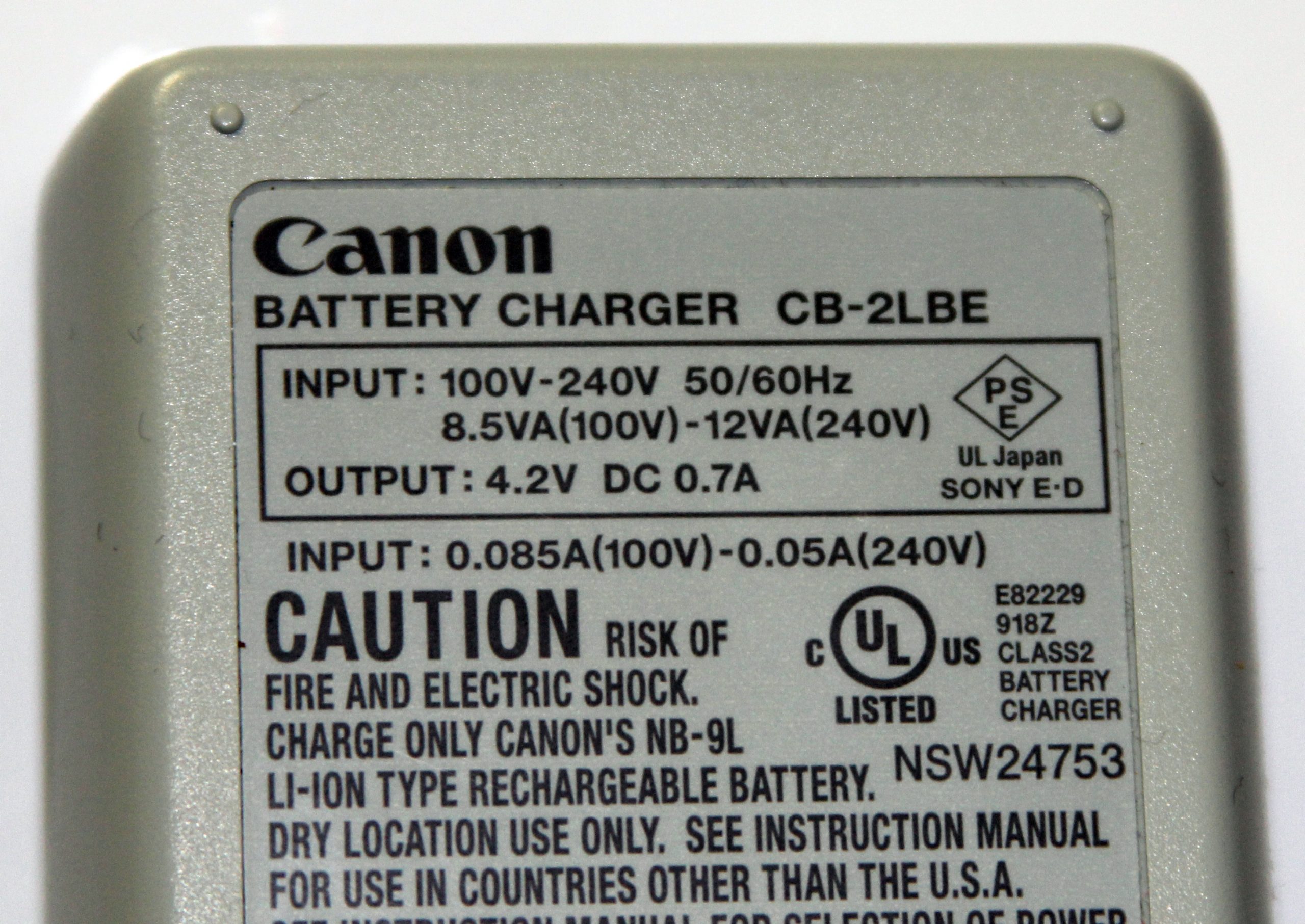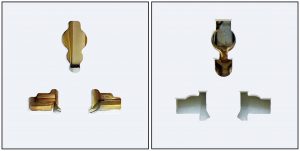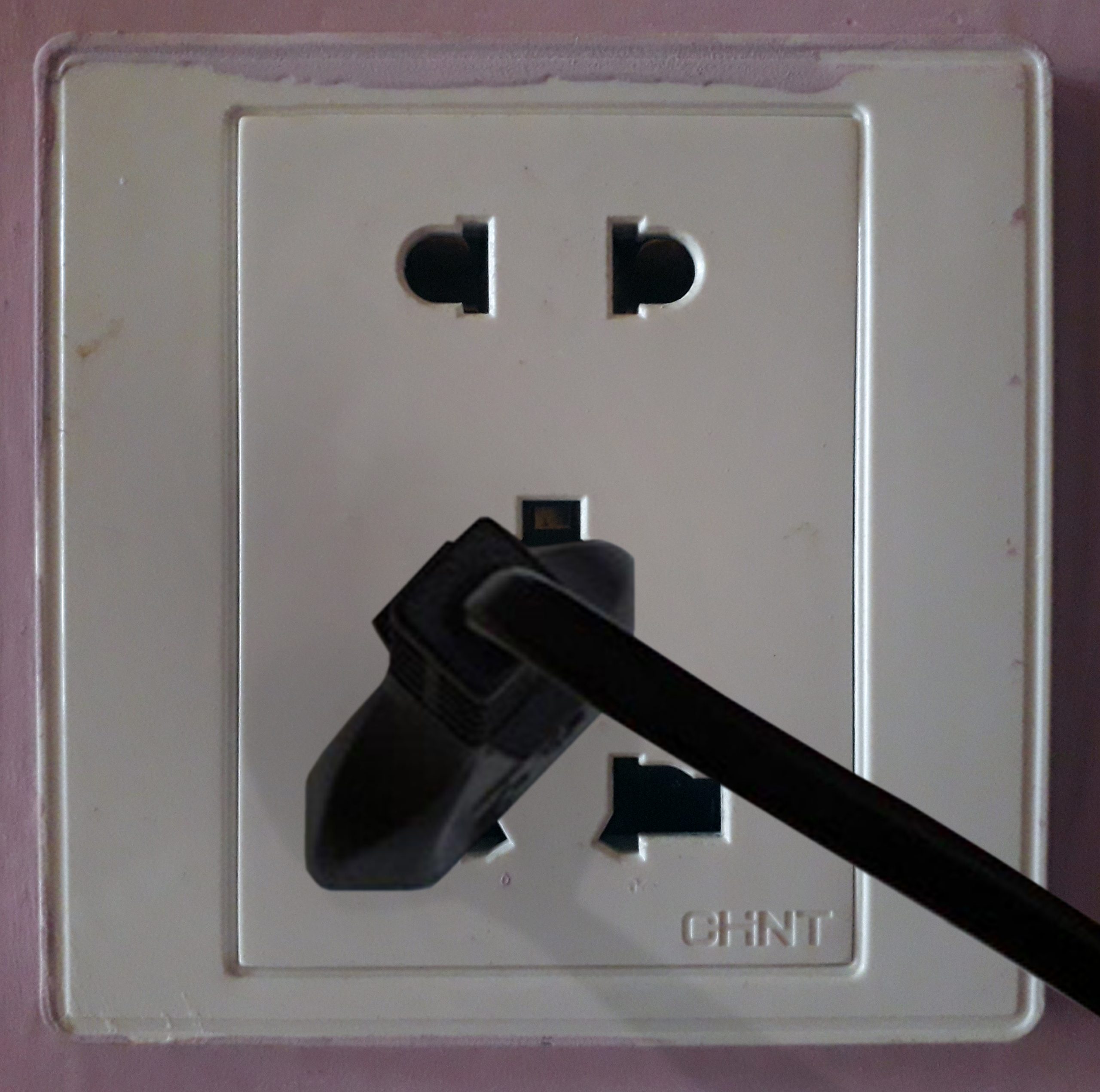Universal wall sockets
There are as many as 15 commonly used types of domestic plugs in use worldwide. Most countries have adopted one standard plug and socket system, but oddly enough, some others have never bothered to settle on a standard. They are now stuck with various incompatible systems, imported from abroad. In order to solve the problem, some of these countries have taken a short-sighted approach by allowing so-called “universal” wall sockets to be installed in properties, but such power outlets often violate basic safety standards (more about that below).
Click here for a global map showing the spread of the different plug types used around the world.
Click here for a detailed list of the countries of the world with their respective plug and outlet types, voltage and frequency.
